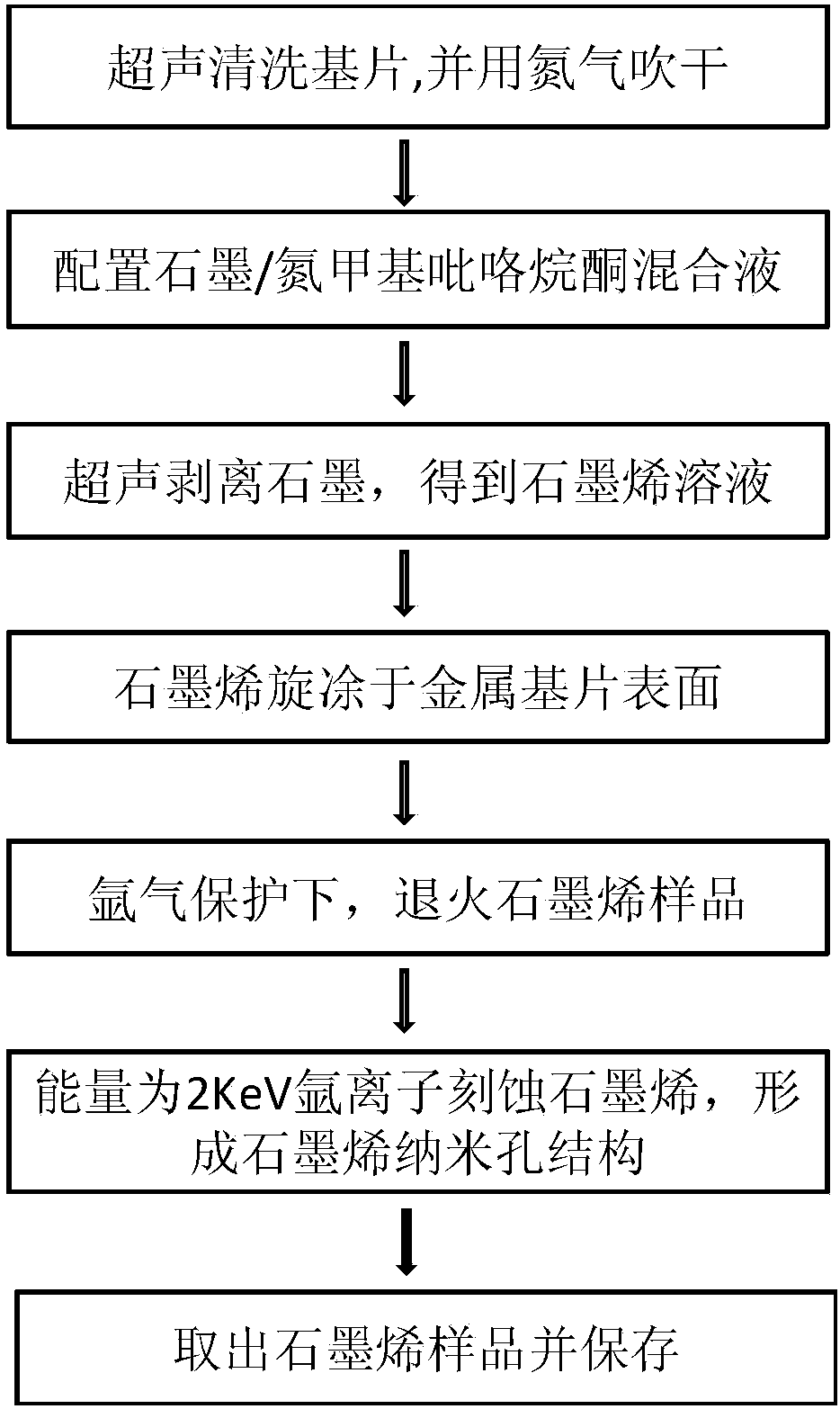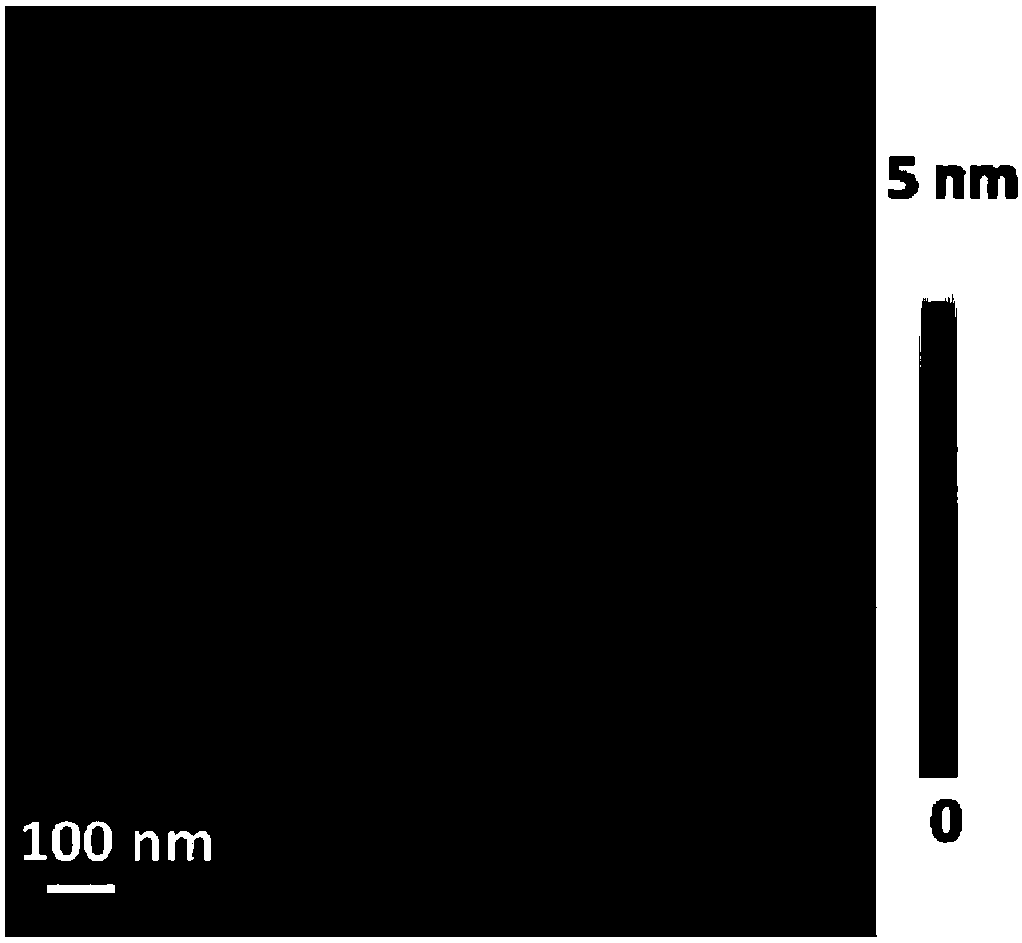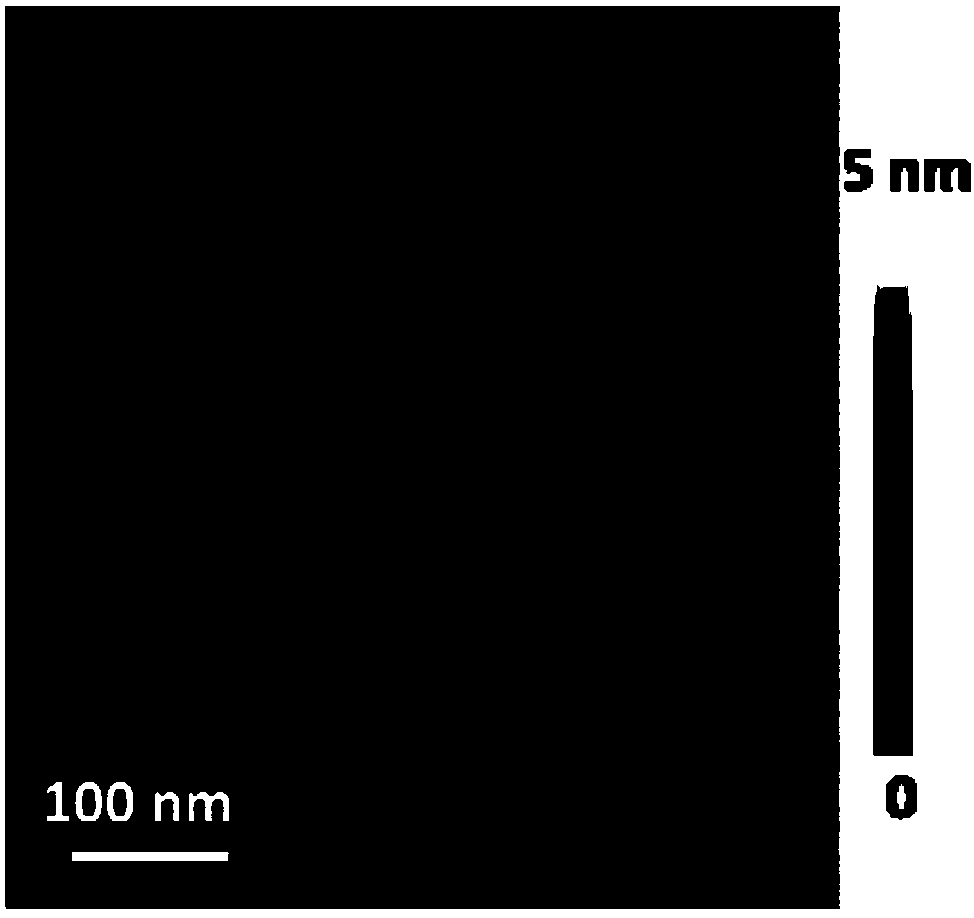A method of etching graphene nanopores to reduce the secondary electron emission coefficient
A technology of secondary electron emission and graphene nanopores, applied in chemical instruments and methods, inorganic chemistry, non-metallic elements, etc., can solve problems such as poor stability, avoid chemical oxidation, simple technical solutions, and remove surface adsorption Effect
- Summary
- Abstract
- Description
- Claims
- Application Information
AI Technical Summary
Problems solved by technology
Method used
Image
Examples
Embodiment Construction
[0026] The specific idea of the present invention is as follows: a method for etching graphene nanopores to reduce the secondary electron emission coefficient, comprising the steps of ultrasonically cleaning the metal substrate with acetone and alcohol for 20-60 minutes, and blowing dry with nitrogen; Ultrasonic method is used to configure the nitrogen methyl pyrrolidone solution with a concentration of 0.1-1mg / ml graphene; apply 0.05-0.3ml graphene solution on the substrate by spin coating to form a graphene film with nanometer thickness on the surface; 300- At 500°C, the substrate was annealed under the protection of nitrogen for 1 hour to remove residual organic matter on the surface; the substrate was placed in an argon ion etching system, and the graphene was etched for 30s-2 minutes with ions with an energy of 1-5KeV. Graphene nanopores are formed; finally, the samples are removed and preserved. The secondary electron emission suppression effect depends on the thicknes...
PUM
| Property | Measurement | Unit |
|---|---|---|
| size | aaaaa | aaaaa |
Abstract
Description
Claims
Application Information
 Login to View More
Login to View More - R&D
- Intellectual Property
- Life Sciences
- Materials
- Tech Scout
- Unparalleled Data Quality
- Higher Quality Content
- 60% Fewer Hallucinations
Browse by: Latest US Patents, China's latest patents, Technical Efficacy Thesaurus, Application Domain, Technology Topic, Popular Technical Reports.
© 2025 PatSnap. All rights reserved.Legal|Privacy policy|Modern Slavery Act Transparency Statement|Sitemap|About US| Contact US: help@patsnap.com



